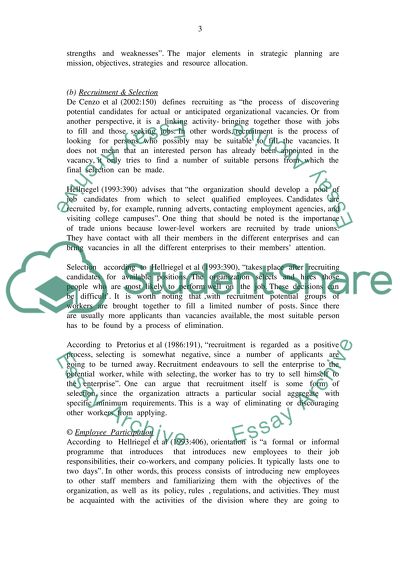Cite this document
(Human Resource Management & Technical Change Essay, n.d.)
Human Resource Management & Technical Change Essay. Retrieved from https://studentshare.org/human-resources/1510768-human-resource-management-technical-change
Human Resource Management & Technical Change Essay. Retrieved from https://studentshare.org/human-resources/1510768-human-resource-management-technical-change
(Human Resource Management & Technical Change Essay)
Human Resource Management & Technical Change Essay. https://studentshare.org/human-resources/1510768-human-resource-management-technical-change.
Human Resource Management & Technical Change Essay. https://studentshare.org/human-resources/1510768-human-resource-management-technical-change.
“Human Resource Management & Technical Change Essay”, n.d. https://studentshare.org/human-resources/1510768-human-resource-management-technical-change.


